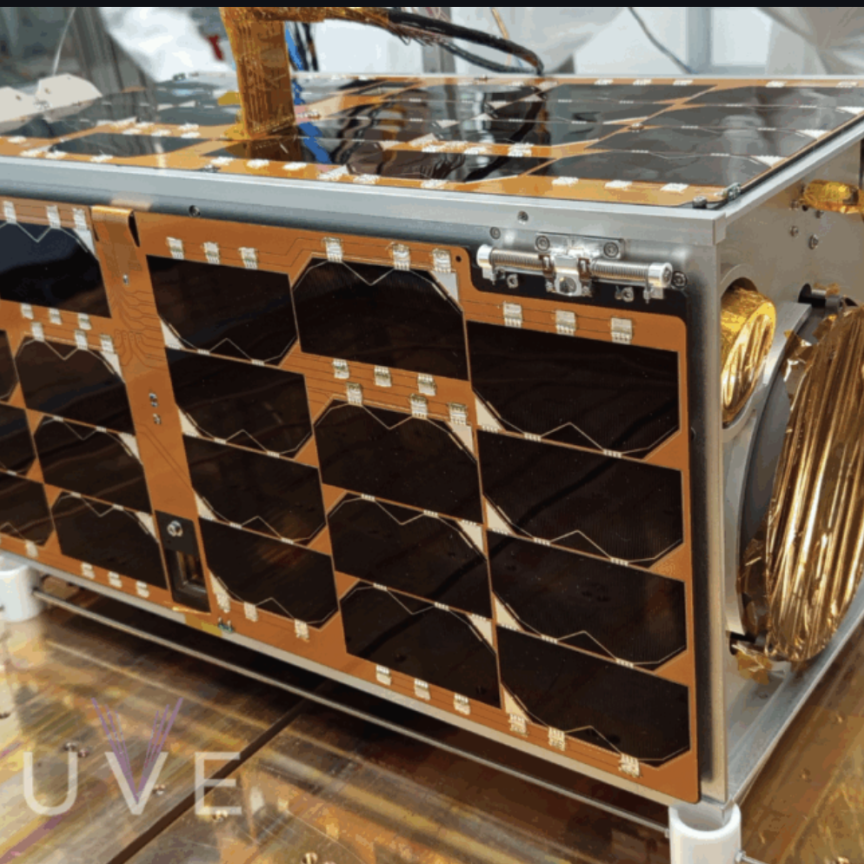A new project aims to develop a fluorescence rapid detection system for multidrug resistance in tuberculosis infections.
The project, ‘Time-resolved fluorescence detection for integrated multiparameter analysis of multiresistance exemplified by tuberculosis (FluoResYst)’, aims to develop an innovative method to diagnose multi-resistant bacterial pathogens using tuberculosis as an initial example.
The goal of the project is to create a compact and cost-effective photonic point-of-care detection system that will enable tuberculosis diagnostics to be conducted outside laboratories and thus quickly and directly in the field.
Ending the tuberculosis epidemic by 2030 is one of the United Nations' goals as laid out in the 2030 Agenda for Sustainable Development. In 2020, about 10 million cases were registered worldwide, and about 1.5 million people died as a result of the disease. This makes tuberculosis the second deadliest infectious disease worldwide after Covid-19.
Multi-drug resistant variants of the bacterium Mycobacterium tuberculosis pose an increasing problem, especially in developing countries. Diagnosis and thus successful treatment are difficult due to a lack of laboratory infrastructure.
A German national consortium of eight companies and non-university research institutions aims to tackle this problem with the help of new photonics technology. The consortium recently presented their solution approaches at the initial meeting of the three-year FluoResYst project funded by the German Federal Ministry of Education and Research or Bundesministerium für Bildung und Forschung (BMBF) on Jan 13, 2022.
The aim of this project is to develop a compact detection system for multidrug resistance in tuberculosis infections for rapid diagnostics and efficient treatment of affected people. This new method is designed to shorten complex manual laboratory steps for biochemical detection. This will enable the instrument to deliver rapid detection and evaluation via integrated optoelectronic components.
The detection of the multi-resistance genes of the pathogens is based on a fluorescence quenching effect, suppressing the glow of a fluorescent dye coupled to a DNA fragment through the binding of antibodies. If a sample with the gene segment of interest is added, this binding dissolves and the DNA lights up.
To detect fluorescence, the corresponding fluorescent dyes are excited with light of a certain wavelength followed by the emission of light of a different wavelength, all of which are measured. In this new instrument excitation and fluorescence light are to be distinguished by their decay times rather than by expensive optical filters - a critical design feature in ensuring these systems can be produced cost-effectively.
To accomplish this goal of implementing time resolution instead of optical filters the project requires a very fast image sensor and an even faster laser as an excitation light source. This is because the fluorescent dyes used for the quenching effect have very short afterglow times in the nanosecond range. In order to measure the multiresistant genes with time resolution, the laser needs to be switched off in the picosecond range so the team of researchers are developing new integrated circuits for both the image sensor and the laser.
The image sensor is being developed with new single-photon avalanche diodes (SPAD). These highly sensitive photodiodes, which have so far been used mostly for applications in autonomous driving, can not only detect single photons but also achieve the required measurement speeds up to the GHz range.
Developing a platform for multi-resistance detection applications
The combination of these two innovations, the biochemical fluorescence quenching antibody assay with the photonic integration of time-resolved fluorescence measurement for short-lived fluorochromes, results in a new detection technology that greatly simplifies complex analyses. This combination also makes this analysis much cheaper than previously possible - making the treatment of Tuberculosis more widely accessible.
If successful the FluoResYst project will not only improve tuberculosis diagnostics and the determination of multidrug resistance but also contribute to the containment of the disease by accelerating on-site diagnostics. Its adaptability to other multidrug resistance detection will also enable the optimisation of diagnostics for other infections frequently affected by resistance.
The FluoResYst project is coordinated by Lionex, and supported by IMMS Institut für Mikroelektronik- und Mechatronik-Systeme gemeinnützige (IMMS), iC-Haus, X-FAB, DITABIS Digital Biomedical Imaging Systems AG, Fraunhofer Institute for Cell Therapy and Immunology, Institute Division Bioanalytics and Bioprocesses (IZI-BB, microfluidic ChipShop and the Institute for Molecular Diagnostics and Bioanalytics (IMDB).


